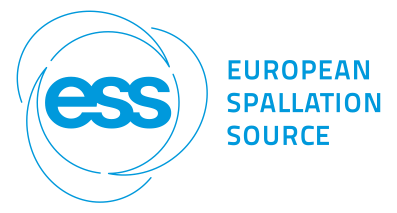Dr
Matteo Magistris
(CERN)
The operation of high-energy particle accelerators leads to the unavoidable production of radioactive waste, which must be radiologically characterized to ensure appropriate disposal in the final repositories. This task comprises the establishment of the required list of present radionuclides and a quantitative estimate of their activity. We hereby provide an overview of the methods adopted at CERN to characterize over 1’200 m3 of very-low-level radioactive waste, including the following three families of waste: metallic items from accelerator components, magnets activated in proton machines and cables.
For each of these three families of waste we established the list of produced radionuclides by performing extensive calculations with the analytical code ActiWiz [1] over thousands of possible activation scenarios, and defined a set of expected activity ratios (“scaling factors”). The activities of gamma emitters inside each waste package were evaluated with systematic in-situ gamma-spectrometry (metallic items and cables) or with ambient dose equivalent rate measurements and transfer functions (magnets). Scaling factors were applied for the evaluation of the activities of difficult-to-measure radionuclides. In particular measured scaling factors – obtained via radiochemical analysis and gamma-spectrometry performed over hundreds of samples – were compared to the analytical predictions to provide a solid benchmark of the characterization method.
These methods were approved by the French National Radioactive Waste Management Agency (ANDRA) and can in principle be applied to radioactive waste from other particle accelerators with very low levels of contamination.
[1] H Vincke and C. Theis, “Actiwiz - Optimizing your nuclide inventory at proton accelerators with a computer code,” in ICRS12 conference, 2012.
Summary
The operation of high-energy particle accelerators leads to the unavoidable production of radioactive waste, which must be radiologically characterized to ensure appropriate disposal in the final repositories. This task comprises the establishment of the required list of present radionuclides and a quantitative estimate of their activity. We hereby provide an overview of the methods adopted at CERN to characterize over 1’200 m3 of very-low-level radioactive waste, including the following three families of waste: metallic items from accelerator components, magnets activated in proton machines and cables.
For each of these three families of waste we established the list of produced radionuclides by performing extensive calculations with the analytical code ActiWiz [1] over thousands of possible activation scenarios, and defined a set of expected activity ratios (“scaling factors”). The activities of gamma emitters inside each waste package were evaluated with systematic in-situ gamma-spectrometry (metallic items and cables) or with ambient dose equivalent rate measurements and transfer functions (magnets). Scaling factors were applied for the evaluation of the activities of difficult-to-measure radionuclides. In particular measured scaling factors – obtained via radiochemical analysis and gamma-spectrometry performed over hundreds of samples – were compared to the analytical predictions to provide a solid benchmark of the characterization method.
These methods were approved by the French National Radioactive Waste Management Agency (ANDRA) and can in principle be applied to radioactive waste from other particle accelerators with very low levels of contamination.
[1] H Vincke and C. Theis, “Actiwiz - Optimizing your nuclide inventory at proton accelerators with a computer code,” in ICRS12 conference, 2012.
Dr
Matteo Magistris
(CERN)
Dr
Biagio Zaffora
(CERN)
Dr
Christian Theis
(CERN)
Dr
Francesco La Torre
(CERN)
Dr
Luisa Ulrici
(CERN)
Dr
Nick Walter
(CERN)
Dr
Robert Froeschl
(CERN)
